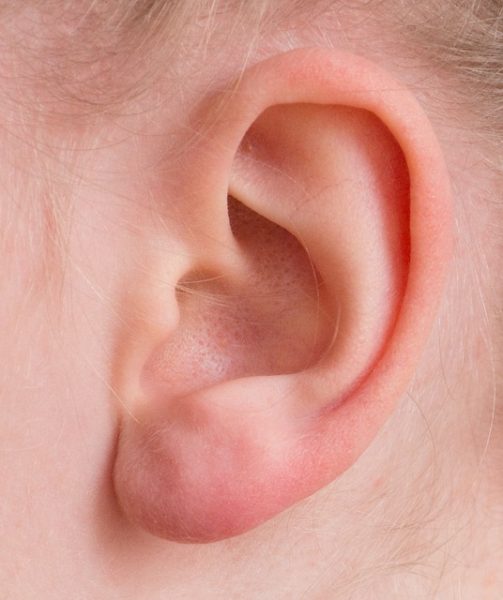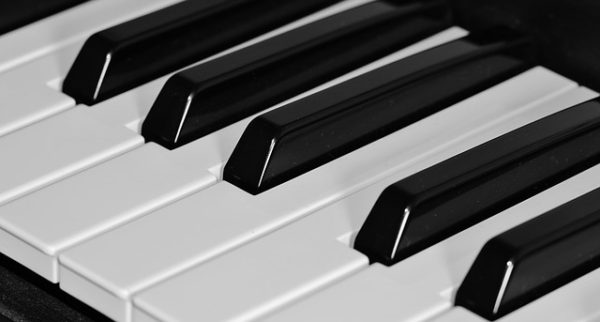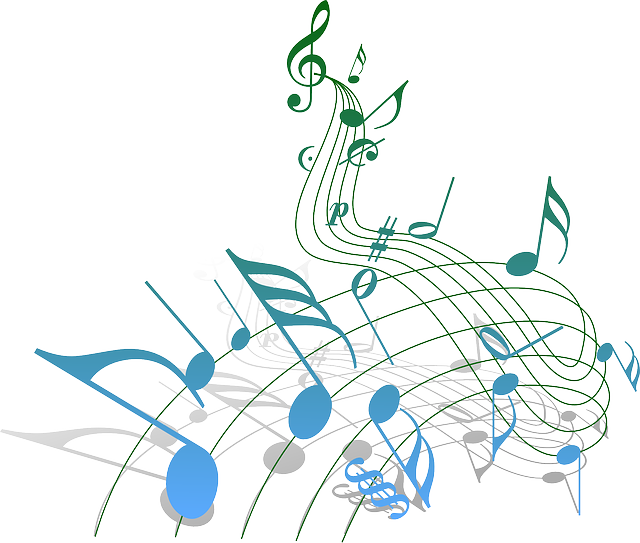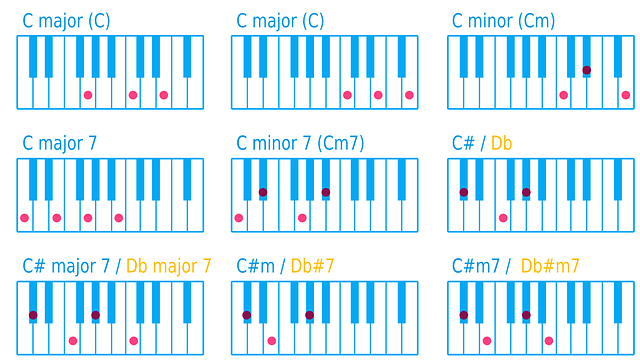
自分の好きな曲、気に入った曲を耳コピできればピアノがもっと楽しくなります。
そもそも耳コピとは、「耳でコピーする」という言葉から来ており、聞いた曲のメロディーや伴奏を音符に置き換えて自分で楽器を使って演奏することです。
耳コピができるようになると、ふとした時に気に入った曲を自分で演奏できるようになり、ピアノそのものの上達にも役に立つだけでなく、モチベーションUPにもつながります。
ある曲を耳コピできるようになれば、「今度はどの曲を耳コピしてみようかな」と世の中に溢れている音楽に対して、より一層興味を持ち始め、理解が深まっていきます。
とはいえ、耳コピができるようになるまでは当然練習が必要になります。
漢字を書きたいときに、ひらがなが分からなければ漢字など書けません。
耳コピも基礎的なことから練習を積んで、小さなスキルをたくさん習得していくことが重要です。
今回は耳コピを習得するための練習法を紹介していきます。
①鍵盤を準備する

「鍵盤がなければ耳コピで演奏できないじゃん」とおっしゃる方もいらっしゃるかもしれません。
その通りですが、これは耳コピをしたあとの話ではなく、するための練習道具として鍵盤が必要ということです。
音をまずは学んでいくわけですから、もちろん正しいピアノの音を聴くことが重要です。
そのため、本物のピアノ(アップライトピアノやグランドピアノ)でなおかつ、きちんと調律したものがあれば理想です。音の響き方も含めて本物のピアノにまさるものはないでしょう。ピアノをお持ちの方は、そちらをお使いください。また、ピアノはレンタルすることもできますので、ネットで検索してみて、条件が合えばレンタルしてもいいでしょう。
ただし、音には十分注意してください。鍵盤のドが正しいドの音でなければ練習は水の泡となります。定期的な調律を済ませたピアノを使うようにしましょう。
ピアノをもっていなくても電子ピアノやいわゆるキーボードなど、音質は多少違っていても音の高さが正しいものであれば練習することは可能です。これらはピアノに比べて非常に安価で手に入り、様々な楽器の音を奏でることができます。鍵盤が光るような学習キーボードは、初心者にとって優秀なツールです。これは次に弾くべき鍵盤を光でサインを出してくれます。大抵の学習キーボードは子供向けに作られていますが、私は大人の初心者も十分にスキルを習得できる良い練習道具だと思います。
電子ピアノやキーボードもお持ちでない方は、ブラウザ上で演奏できるものやスマホアプリを使ってもいいでしょう。googleやApp Storeなどで検索してみると上位に優秀なアプリ等が出てくるかと思います。
ひとつだけ、ブラウザ上で演奏できるサイトのリンクを貼っておきます。

②音に慣れる

ピアノやキーボードの鍵盤を押して、どの鍵盤からどんな音が出るのかしっかりと聞いて、慣れてください。
ここで音に慣れるとは「ピアノという楽器が出す音を知る」ではなく、「音の高さの特徴を知る」ということです。
白鍵や黒鍵、様々な場所にある鍵盤を弾いて、どんな高さの音がなっているかを一度しっかりと聞いてみましょう。
ある程度慣れてきたら、黒鍵を含む全ての鍵盤の中から適当に2つの鍵盤を別の人に弾いてもらって、どちらの音が高いか、低いかを当てることができるようになりましょう。
あくまでも「高い」か「低い」かが分かればOKです。
③音程を学ぶ

ここが耳コピを習得するために1番重要なところです。
聞こえる音を識別できるようにするには、音程を理解する必要があります。

まずは主要な音程、白鍵の「ドレミファソラシ(ド)」を理解しましょう。
最初に全ての鍵盤を使わずに1オクターブ分(ドレミファソラシド)の鍵盤を選びます。
目をつぶって、その中の鍵盤を適当に指で押してみましょう。別の誰かに押してもらうのも効果的です。
その音が「ドレミファソラシド」のどれになるのか当ててみましょう。
最後に目を開けて答え合わせです。
この単純なクイズを繰り返しをすることで脳に音程を覚えさせていきます。
これが何回やっても正解できるようになったら、今度は黒鍵を入れた13鍵盤でクイズです。
黒鍵はどうしても指の感触で分かるかもしれませんので、別の人に弾いてみましょう。
それができるようになったら別の1オクターブ分の鍵盤でもチャレンジしてみましょう。
音あてクイズをしてくれるアプリも効果的です。
○アプリ例
Windows・・・おとをあてよう
iPhone・・・音感検定アプリ おとあてPRO
android・・・音感検定アプリ おとあてPRO
また音楽の世界では、しばしば音程を数字で表す場合があります。
数字で表す場合は「ド=1」を基準に増えていきます。
つまり「ド・レ・ミ・ファ・ソ・ラ・シ」は「1・2・3・4・5・6・7」となるわけです。
アプリなどで、いきなり数字が出てきて困惑しないよう頭の片隅に入れておきましょう。

④コードを学ぶ

コードとは「和音」のことで、和音とは「2つ以上の音を同時に演奏した音」です。
曲は、ほとんどが和音の変化で構成されています。
別々の音であれば③で学んだとおりですが、2つ以上の音が同時になると一段難易度が上がります。
こちらも慣れていくしかありません。
まずは主要なメジャーコードとマイナーコードを学びましょう。
鍵盤で弾いてみて、その音を覚えていってください。
音の高さ、鍵盤の位置をしっかりと把握してください。
③と同様にスマホ等のアプリを使うと効果的に練習ができます。
ブラウザ上・・・Chord Identification Quiz
iPhone・・・Earpeggio
android・・・ChordProg Ear Trainer

⑤パターンを掴む

ここから実際に曲を聞いていきます。
多くの曲は、コードやメロディーが、ある一定のパターンで構成されており、それが繰り返されていきます。
耳コピしたい曲のパターンを掴むことができれば、最初から最後までコピーする必要がなくなるのです。
J-POPを例にとってみましょう。
歌は「イントロ」「Aメロ」「Bメロ」「サビ」などのフレーズを複数回使いながら、並べて構成されていますね。
つまり曲を耳コピする際は、この各フレーズを耳コピし、並べるだけで曲が完成するのです。
さらには、この「イントロ」や「サビ」の中でも同じパターンが繰り返されている場合も多いです。
どのコードとどのコードがつながっているか、どのメロディーが繰り返されているかをよく考えながら聞いてみてください。
これをやるだけで、耳コピがとても効率的にできるようになります。

⑥鼻歌(ハミング)で真似をする

曲のパターンがつかめたら、そのうちの一つのフレーズを鼻歌で歌ってみましょう。
曲を聞いたあとで、すぐに楽譜に書きおこしたり、演奏することは最初はとても難しいです。
その前に鼻歌で歌ってみることで、実際にその曲が自分が真似できているか理解することができます。
自分の鼻歌を聞いて、本当にその音程になっているかをよく確かめてください。
コードの場合は、その根音となる音をハミングしてみましょう。
何度聞いてもコードやメロディーの音がわからない場合は③と④が練習不足です。
コードに関してはとても珍しい、あまり使われないコードが使われるときがあります。
一度コード表で確認しながら、聞いてみましょう。
何度も繰り返して、耳をトレーニングしましょう。
⑦実際に演奏してみる

⑥で鼻歌にしたものを実際に演奏してみてください。
一度楽譜に書いて、整理してもいいですが、必要ない人はそのまま演奏して構いません。
フレーズで区切って少しずつ演奏し、メロディーと伴奏をつなげていってください。
⑥が完璧にできていれば、それほど苦労はしないかと思います。
逆にここが難しい場合は⑤⑥を繰り返しましょう。
何度も、様々な曲を耳コピして、繰り返し練習していくことで、新しい曲もパターンの法則性が予想できるようになってきます。
耳コピをマスターすれば、しばらくは楽譜のいらないピアノライフを楽しめるだけでなく、自分で作曲することも楽しくなってくるでしょう
コメントを残す